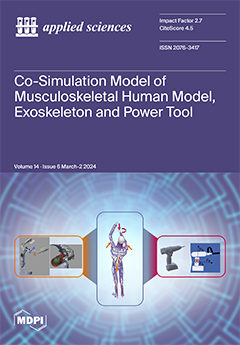Ceramics based on zirconium dioxide are very important compounds for dental, implant, and structural material applications. Despite the fact that tetragonally stabilized YSZ has been well studied, the search for new compositions of zirconia-based ceramics is still in progress. The ZrO
2-CeO
[...] Read more.
Ceramics based on zirconium dioxide are very important compounds for dental, implant, and structural material applications. Despite the fact that tetragonally stabilized YSZ has been well studied, the search for new compositions of zirconia-based ceramics is still in progress. The ZrO
2-CeO
2 system is one of the alternatives for YSZ materials, but there is conflicting experimental data on its phase composition and mechanical properties depending on the ratio of components. In this study, we investigated the phase composition, and microstructural, mechanical, and physical properties of (1 − x)∙ZrO
2-x∙CeO
2 (step of x = 0.05) ceramics obtained by the solid-state sintering process from micron-sized powders. For the characterization of samples, XRD, Raman spectroscopy, SEM, the Vickers Microhardness Test, and dielectric spectroscopy were implemented. The results showed that by varying the CeO
2 concentration, it is possible to synthesize stable tetragonal ZrO
2 at room temperature with a high microhardness HV0.05 value of ~1500, low porosity (~2.5%), and a high dielectric constant of 36. The pronounced combined effect of tetragonal phase formation, densification, and grain size reduction on the mechanical and dielectric properties of the experimental samples was investigated. Refined experimental data make it possible to synthesize high-quality zirconia–ceria ceramics for use as refractories, dispersed nuclear fuel, or solid oxide fuel cells.
Full article





